Buy the photo Japanese Boro textiles by littletreasureshouse on canvas, ArtFrame, poster and wallpaper, printed on demand in high quality.
About "Japanese Boro textiles"
by littletreasureshouse
About the artwork
Japanese boro textile is a traditional craft that reflects the resourcefulness and resilience of rural
Japanese communities. Originating from the Edo period, boro refers to textile pieces that were hand-stitched together to make the most of their materials during times of hardship, particularly in the 19th century.
Boro textiles are characterized by their layered, patchwork appearance, often featuring indigo-dyed cotton fabrics and intricate sashiko stitching. These hand -stitched patterns not only serve to reinforce the fabric but also create aesthetically beautiful designs, showcasing the skill and creativity of the artisans. Each piece tells a story of its past, reflecting the wear and repair of daily life.
In recent years, boro has gained recognition beyond its utilitarian origins, inspiring contempory fashion and design. The emphasis on sustainability and the beauty of imperfection in boro textiles resonates with modern audiences. Today, boro is celebrated as both an art and a cultural heritage, representing a deep connection to history, craftsmanship, and the value of preservation in textile arts.

About littletreasureshouse
After closing my gallery in Antwerp, I ended up at Werk Aan De Muur where I found the opportunity to share all the beauty that has passed through my hands through this way. Furthermore, I also have the permission of some artists I have been working with for.. Read more…
 Germany
Germany Ordered in March 2021
Ordered in March 2021
 Netherlands
Netherlands Ordered in March 2024
Ordered in March 2024
 Netherlands
Netherlands Ordered in October 2017
Ordered in October 2017
 Netherlands
Netherlands Ordered in March 2024
Ordered in March 2024
 Germany
Germany Ordered in December 2021
Ordered in December 2021
 Netherlands
Netherlands Ordered in March 2019
Ordered in March 2019
 Netherlands
Netherlands Ordered in November 2019
Ordered in November 2019
 Netherlands
Netherlands Ordered in August 2024
Ordered in August 2024
 Netherlands
Netherlands Ordered in March 2024
Ordered in March 2024
 Netherlands
Netherlands Ordered in August 2019
Ordered in August 2019
 Netherlands
Netherlands Ordered in August 2021
Ordered in August 2021
 Germany
Germany Ordered in February 2025
Ordered in February 2025
About the material
ArtFrame™
Interchangeable Art Prints
- High-quality print
- Easily interchangeable
- Acoustic function
- Large sizes available
Discover the artworks of littletreasureshouse
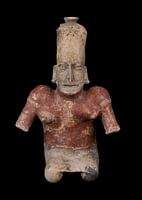 Female Pre-Columbian statue Mexico Jaliscolittletreasureshouse
Female Pre-Columbian statue Mexico Jaliscolittletreasureshouse Opera Paris with carriage 19th.clittletreasureshouse
Opera Paris with carriage 19th.clittletreasureshouse Skull of an African Nile crocodile, a fearsomely beautiful monsterlittletreasureshouse
Skull of an African Nile crocodile, a fearsomely beautiful monsterlittletreasureshouse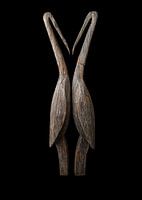 Madagascar African statue of 2 ibises Sakalavalittletreasureshouse
Madagascar African statue of 2 ibises Sakalavalittletreasureshouse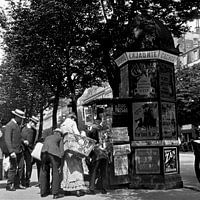 Paris in the 19th century. Kiosk with public boulevard newspapers and magazines..nostalgialittletreasureshouse
Paris in the 19th century. Kiosk with public boulevard newspapers and magazines..nostalgialittletreasureshouse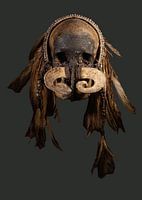 Asmat Skull Papualittletreasureshouse
Asmat Skull Papualittletreasureshouse Buddha as Siddhartha Gautamalittletreasureshouse
Buddha as Siddhartha Gautamalittletreasureshouse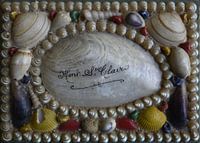 Vintage shell box Mont St. Clair.littletreasureshouse
Vintage shell box Mont St. Clair.littletreasureshouse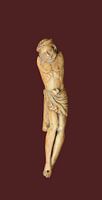 Antique Corpus Christi in bonelittletreasureshouse
Antique Corpus Christi in bonelittletreasureshouse Walrus skull taxidermylittletreasureshouse
Walrus skull taxidermylittletreasureshouse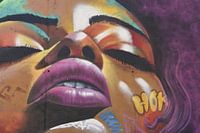 Graffiti in Spain's fiery south. Guapalittletreasureshouse
Graffiti in Spain's fiery south. Guapalittletreasureshouse Graffiti in Spain's fiery south. Funky Abuelalittletreasureshouse
Graffiti in Spain's fiery south. Funky Abuelalittletreasureshouse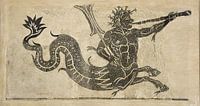 Roman archaeology in Spainlittletreasureshouse
Roman archaeology in Spainlittletreasureshouse Bullied at schoollittletreasureshouse
Bullied at schoollittletreasureshouse Stop bullying at schoollittletreasureshouse
Stop bullying at schoollittletreasureshouse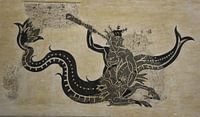 Roman archaeology in Spain 2littletreasureshouse
Roman archaeology in Spain 2littletreasureshouse Shaun's visionlittletreasureshouse
Shaun's visionlittletreasureshouse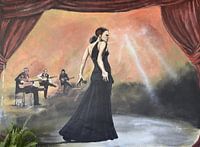 Shaun Young Flamenco Murallittletreasureshouse
Shaun Young Flamenco Murallittletreasureshouse Shaun Young Flamenco Artistslittletreasureshouse
Shaun Young Flamenco Artistslittletreasureshouse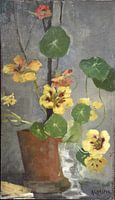 Indian cress still life - botanical oil paintinglittletreasureshouse
Indian cress still life - botanical oil paintinglittletreasureshouse
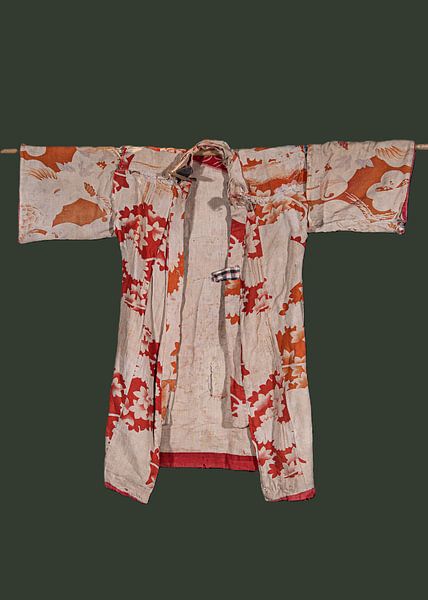


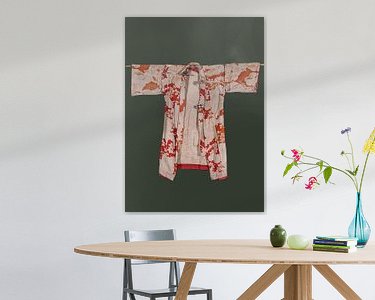

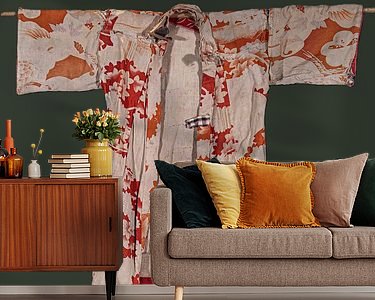
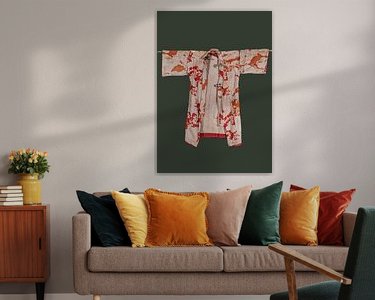






 Photo wallpaper
Photo wallpaper Photography
Photography Rustic
Rustic Serene Peace
Serene Peace Wabi-sabi
Wabi-sabi









